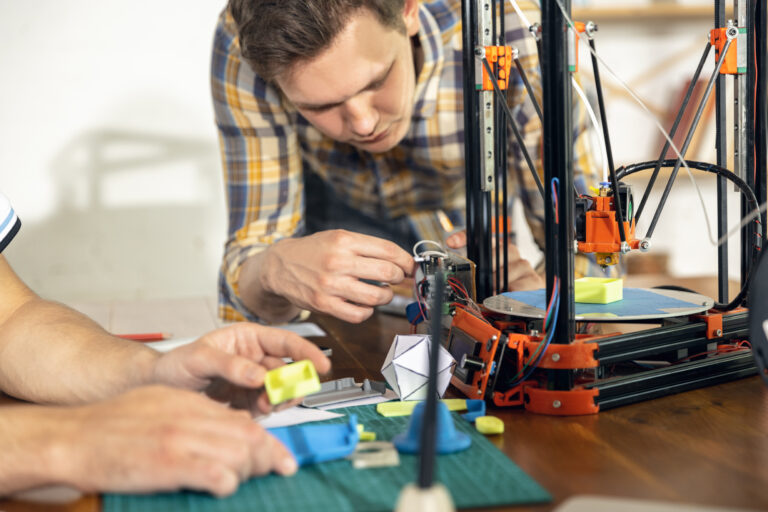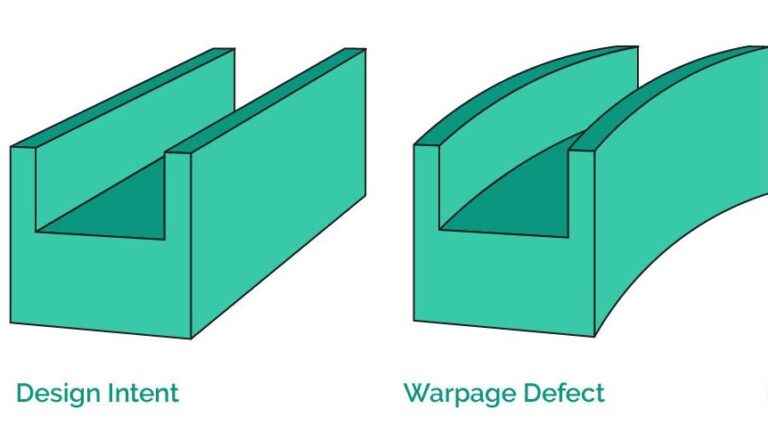Time to read: 6 min
3D printing is less expensive at lower part volumes because you don’t have to pay for a machined metal mold. Above a few hundred parts, however, injection molding is typically more cost-effective. Understanding why this is the case can help you decide whether to use 3D printing or injection molding for your next project.
Cost isn’t the only consideration, however. Most part designers are also concerned about turnaround times. That’s why it’s important to dispel myths such as “3D printing is for prototyping and injection molding is for production runs.” With the right partner, you can select either method with an eye toward costs – and without missing project deadlines.
Fictiv provides both 3D Printing and Injection Molding services. You can start with 3D Printing for prototyping, and then transition to Injection Molding when it makes sense to do so. With help from our experts, you can determine the critical quantity or crossover point at which a part that’s been 3D printed would be more economical to produce with injection molding.Remember that 3D printing vs. injection molding doesn’t have to be an either/or proposition, and that Fictiv can help you make sense of the economics for each process. Keep reading to learn more and create a free Fictiv account to start your manufacturing journey.
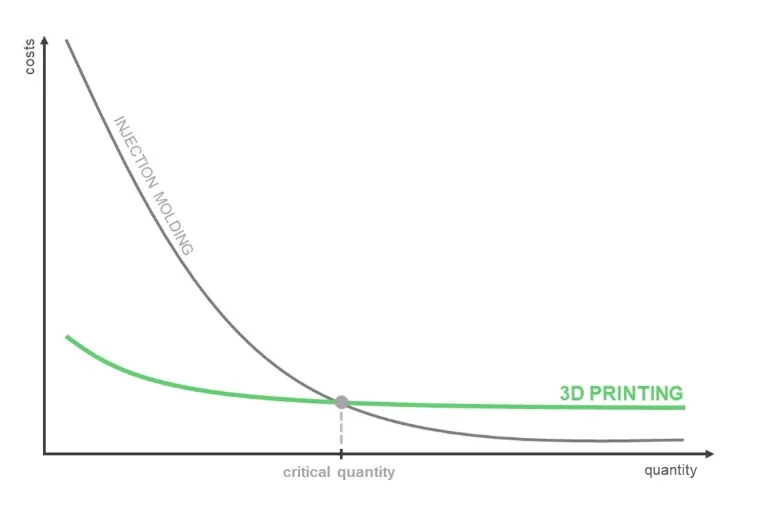
Customer Story: 3D Printing Cost vs Injection Molding
A Fictiv customer needed 4,800 sets of complex nylon parts to bridge the gap between prototyping and full-scale production. The customer asked Cameron Moore, Fictiv’s General Manager in China, about Multi-Jet Fusion (MJF), a 3D printing process that uses nylon, a thermoplastic with excellent mechanical properties. The customer needed the parts quickly, and tool-free production seemed faster and more cost-effective than injection molding, but that wasn’t the case.
Fictiv recommended low-volume Injection Molding instead. This would require tooling, but Moore determined that the critical quantity for this project was just 130 sets. In other words, the cost of the tool could be justified when less than 5% of the total order was molded. Injection molding could also support the part’s considerable design complexity while offering faster cycle times and a better surface finish than MJF.
With low-volume injection molding Fictiv could deliver 100 to 200 sets of initial samples in just a few weeks. These T1 samples, as they’re called, would be molded with the same tool that would be used for the rest of the project. Fictiv would then injection mold the balance of the 4,800 sets within three days. Equipped with this information, the customer chose injection molding over 3D printing.
Let’s take a closer look at this decision in terms of two key variables: cost and speed.
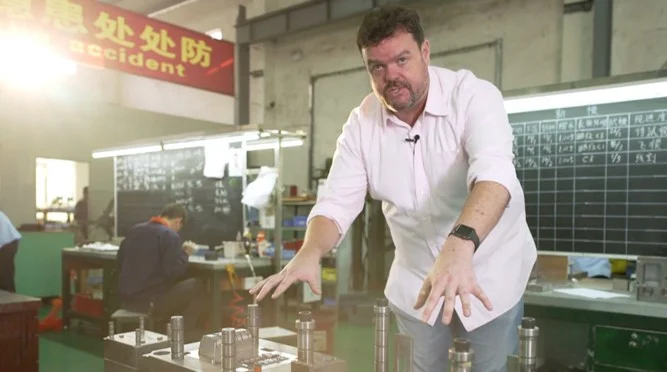
Cost
Fictiv uses low-volume injection molding for quantities greater than 100 and for volumes up to 10,000 pieces. We can machine your injection molds from P20 and NAK80 steels, materials that mold parts with greater precision than aluminum tools but cost less than hardened steel molds. Typically, Fictiv’s low-volume injection molds are ready for parts production in about two weeks.
Speed
3D printing processes like MJF aren’t necessarily faster than injection molding. Depending on the complexity of your part, 3D printing cycles can take from several minutes to hours. By contrast, injection molding cycles can take a minute or less. There’s also time savings because injection molding surface finishes may not require post-processing.
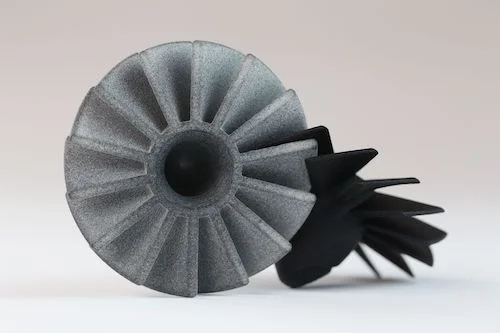
3D Printing vs Injection Molding Cost Comparisons
Your part is different from the one that’s described above and you may be considering an additive manufacturing method other than MJF. For an accurate cost assessment, Fictiv invites you to create a free account and upload your CAD file along with the quantity that you need and a due date. Our experts can help you compare the cost of 3D printing vs injection molding.
If you’re not ready to do that just yet, how can you make sense of the economics of plastics parts production? The table below compares the costs of two 3D printing methods, MJF and Selective Laser Sintering (SLS), with a single-cavity injection mold. The data also includes urethane casting, another service that Fictiv offers, along with lead times.
| 3DP – SLS | 3DP – MJF | Urethane Casting | IM – Single Cavity | |||||
|---|---|---|---|---|---|---|---|---|
| Quantity | Unit Price | Lead Time | Unit Price | Lead Time | Unit Price | Lead Time | Unit Price | Lead Time |
| 5 | $35.26 | 3 | $23.14 | 3 | $70.00 | 8 | $1890.11 | 30 |
| 10 | $33.21 | 3 | $21.49 | 3 | $57.20 | 10 | $945.53 | 30 |
| 20 | $31.75 | 3 | $20.31 | 3 | $47.60 | 14 | $473.25 | 30 |
| 50 | $30.35 | 3 | $18.22 | 3 | $41.40 | 25 | $189.87 | 30 |
| 100 | $17.08 | 3 | $30.16 | 35 | $96.14 | 30 | ||
| 500 | $15.19 | 3 | $25.40 | 60 | $20.43 | 30 | ||
| 1000 | $23.00 | 110 | $10.92 | 30 | ||||
| 5000 | $3.20 | 30 | ||||||
| 10000 | $2.18 | 30 | ||||||
Source: Fictiv
Cost Analysis 3D Printing vs Injection Molding
There are various ways to break down manufacturing costs, such as direct labor, direct materials, and manufacturing overhead. When comparing 3D printing with injection molding, it’s essential to consider tooling, materials, and post-processing.
Tooling Costs
3D printing has low tooling costs, but processes such as Fused Deposition Modeling (FDM) and Stereolithography (SLA) require support structures for parts with overhangs and complex geometries. These aren’t tools in the traditional sense, but they aren’t cost-free either. Support structures also require setup and teardown, which adds labor costs to projects.
Sometimes 3D printed parts are integrated with other manufacturing processes, such as custom jigs and fixtures. Tooling for 3D printing may also need fixtures for post-processing operations such as heat treatment, machining, or surface finishing. In addition, for some types of 3D printed parts, custom build plates, nozzles, or resin tanks may be required. This all adds costs.
Injection molding requires a machined metal mold, but there’s more to this type of tooling than just a core and a cavity. Some molds have multiple cavities that require more metal and machining time. The inserts, ejector pins, mold interlocks, nozzles, sprue bushings, runners, and cooling and venting systems that are used with injection molds also carry costs.
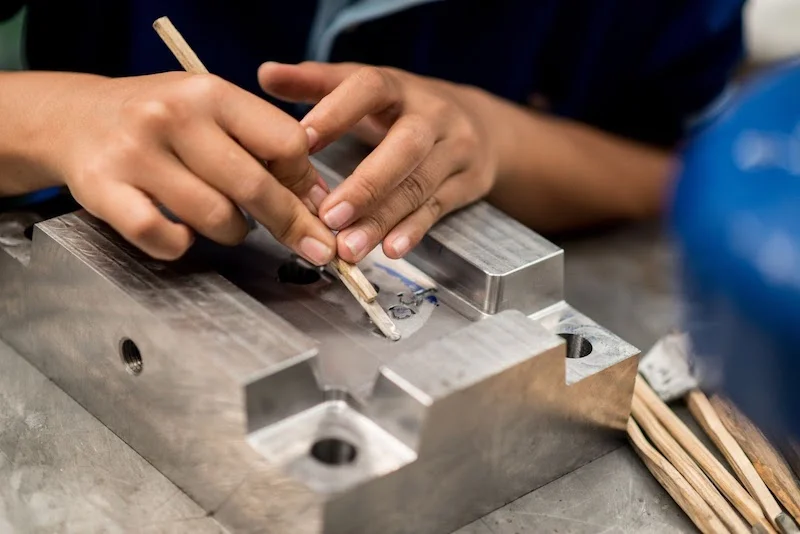
Material Costs
The cost of 3D printing materials can vary considerably, depending on the 3D printing technology and the specific material used. Generally, however, 3D printing materials are more expensive by weight than injection molding plastics. There are also 3D printers that require materials designed specifically for their machines.
Many 3D printing materials are sold in smaller quantities such as spools, cartridges, and bottles. By contrast, injection molding plastics are purchased in bulk, which supports economies of scale. Both 3D printing and injection molding can use recycled, or non-virgin, materials to help control costs, but less than 10% of 3D printing materials are recycled.
Per-unit material costs can decrease with the amount of plastic ordered, but most 3D printing projects aren’t for high part volumes. As the above table shows, the per-unit cost of 3D printed parts can be significantly lower than single-cavity injection molding. Once the crossover point is achieved, however, the per-unit cost for 3D printing remains nearly flat.
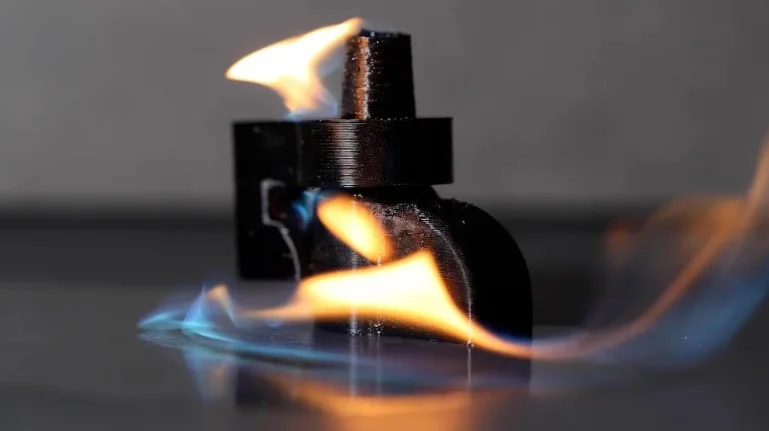
Post-Processing
3D printed parts usually have higher post-processing costs than injection molded parts. That’s because 3D printing leaves visible layer lines that require sanding, polishing, or coating. If support structures are used, additional smoothing may be required. By contrast, injection molded parts may exit the mold with the desired surface finish.
For critical applications, such as in the aerospace and medical industries, plastic parts that are 3D printed may require additional machining to achieve precise dimensions or tolerances. By contrast, injected molded parts are typically more consistent in their dimensions. Depending on the quality of the mold, injection molded parts can also achieve tight tolerances.
Ask Fictiv About Injection Molding vs 3D Printing Cost
Your part design is different than anyone else’s, but the economics of production aren’t unique. 3D printing is less expensive at low part volumes because it doesn’t incur the upfront costs of a machined metal mold. Beyond a few hundred parts, however, injection molding is generally more cost-effective.
The design rules for 3D printing and injection molding aren’t the same, but you can use either (or both) technologies with Fictiv. So, start your project with us. You can stop with 3D printing, but we can also help you go from prototyping through full-scale manufacturing. To begin, create your free Fictiv account and upload your part drawing.









